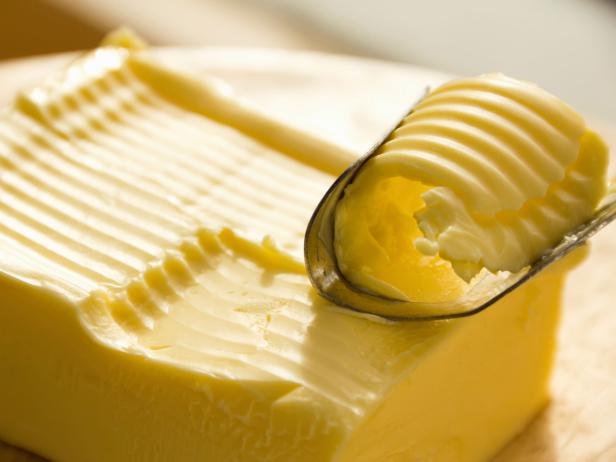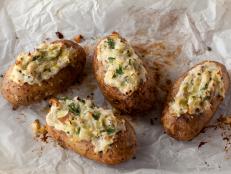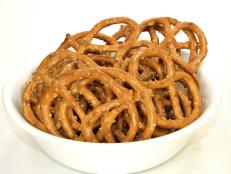The Truth About Butter Sculptures

Butter sculptures — big, beautiful and carefully kept cool to beat the summer heat — are a staple and a highlight of many a state fair, churning up all kinds of nostalgic feelings in the masses who admire them.
But did you ever wonder about the history and mechanics behind those elaborate butter tableaux? NPR’s The Salt blog recently filled its readers in. Here are a few key facts to know about butter sculpture, gleaned from its report:
1. Edible sculptures of people and animals trace their origins at least as far back as medieval times, when royalty included them in elaborate feasts.
2. The person credited with bringing butter sculpture to regular folk in America was an Arkansas housewife named Caroline Brooks. Rather than simply churning milk into butter and molding or stamping it into bricks, as was the norm, she sculpted it into a butter portrait of a young woman. The result of her efforts, called Dreaming Iolanthe, was displayed at the Philadelphia Centennial Exposition in 1876 and was widely considered a thing of remarkable and unique beauty.
3. In the early 20th century, “ornamental butter” was a frequent feature at Midwestern state fairs — often sponsored by dairy companies looking to boost their profile. These early sculptures could take as much as 1,500 pounds (about 6,000 sticks) to create and were generally aimed at the masses, with no admission fee to see them.
4. Today, butter sculptures are often made by people who specialize in edible art, and are perhaps equally adept at fashioning art from chocolate and cheese.
5. Once kept on ice, the butter sculptures are now created and displayed in refrigerated spaces, sometimes made to be mobile.
6. While there’s nothing hollow about the excitement we feel gazing upon the butter sculptures we see at Midwestern state fairs today, the sculptures themselves are not generally solid. They often feature a metal infrastructure that gives them their general shape, over which the butter is applied — fairly quickly, as it turns out.
Now you know.


























































